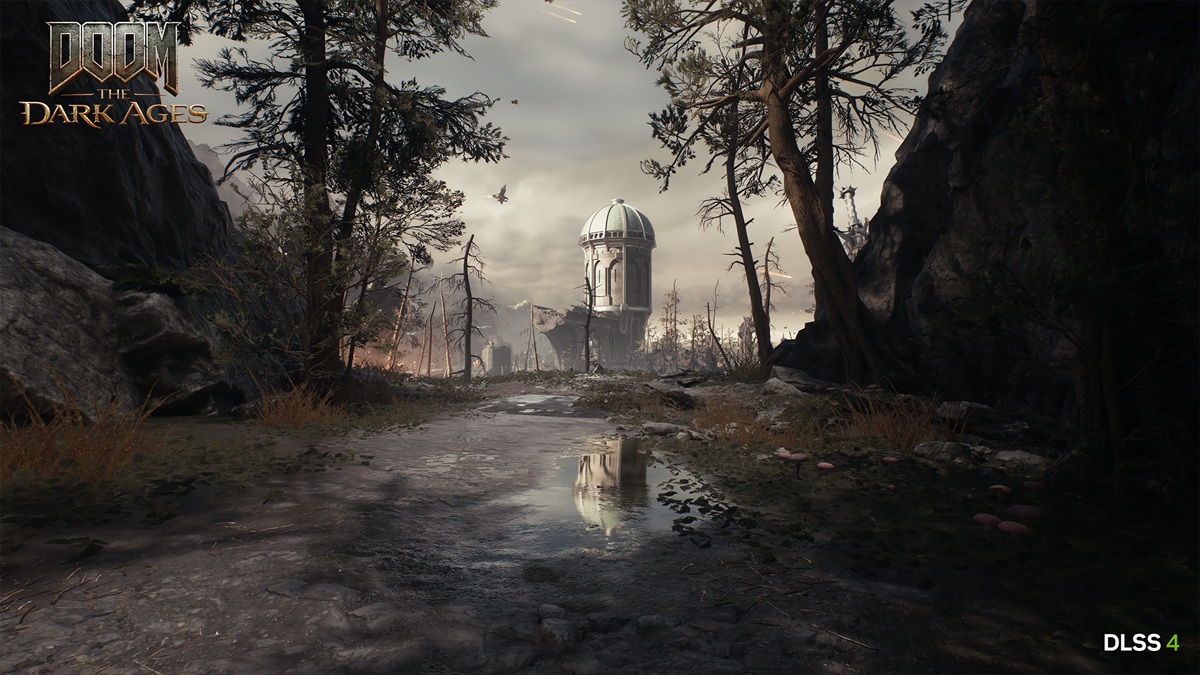It took me a while because of other work, but I finally got through Doom: The Dark Ages weeks after it debuted on May 15.
id Software’s latest title is a prequel to Doom 2016, which debuted in 2020 as a follow-up to Doom 2016. The new game is a blast, of course, as we’ve come to expect this from id, a division of Microsoft’s Bethesda. I have some history with this franchise, having played it from the very beginning in the 1990s. People also thought a video I posted on Doom 2016 was an example of hilariously bad gameplay, and so to counter them, I posted my completion video for Doom 2016. And I’ve done so again here.

Unlock premium content and VIP community perks with GB M A X!
Join now to enjoy our free and premium membership perks.
![]()

![]()